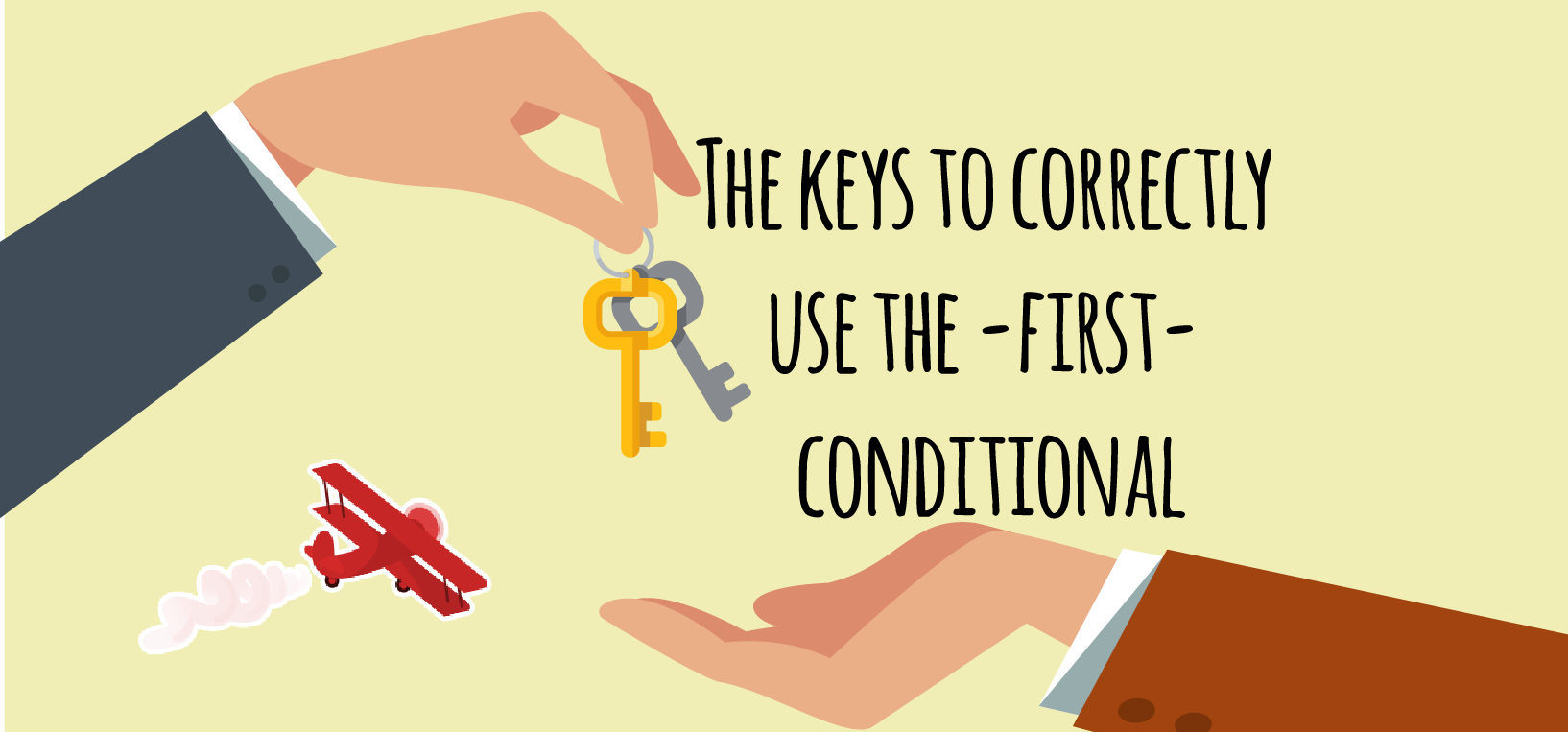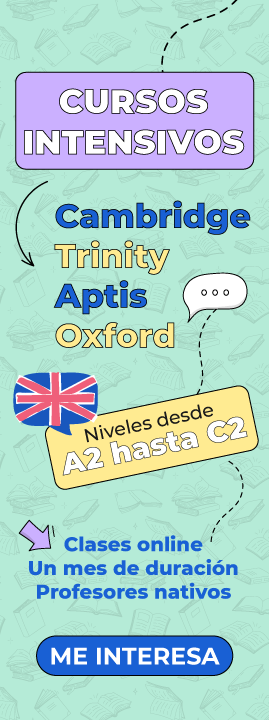The keys to correctly use the -first- conditional

The keys to correctly use the -first- conditional
INDEX OF CONTENTS
English is a language rich in nuances, but for a Hispanic in addition to pronunciation, there are other difficulties due to the construction of sentences and in general to the fact that Spanish and English grammars differ in some aspects , hence why we dedicate a post to it to teach you the keys or resources to learn this language more easily. This time we will give you “the keys to correctly use the first conditional”.
What is the conditional?
To define the conditional in a simple way, it is a way that allows us to talk about events or situations that have not yet occurred, but that there are possibilities that they could happen if an element comes into play, which may be the cause of a phenomenon; although it can also be a threat or a promise.
In English, the conditional has five functions that affect five different forms, each with its own structure:
- it affects something that happens now and is a real situation.
- it affects things that are likely to happen.
- talk about things that could happen but are not very likely.
- refers to things that could have happened but did not happen.
- refers to a situation that took place in the past and a circumstance that continues in the present.
The zero conditional
The zero conditional reflects an action that takes place now or always and the situation is real and possible . The conditional zero often refers to general truths. The verbs in both parts of the sentence are in the present simple. In zero conditional sentences, the word “if” can be replaced by the word “when” without changing the meaning:
- if this happens, that thing happens.
The first form of the conditional
The first form of the conditional is based on the structure: condition + consequence :
- (if + presente simple + voluntad +base verbal) / If I see Jasmine, I’ll give her my keys (Si veo a Jasmine, le daré mis llaves)
We also find the opposite construction: consequence + condition: (“will” + verbal base “if” + simple present)
- I will give you my keys, if I see it (Le daré mis llaves si la veo)
The second form of the conditional
The structure in the second type of conditional in English is as follows:
(condition) “if” + modal past + (consequence) “would” + verbal base:
- If I got a promotion i’d buy myself a new car. (Si obtuviera una promoción, me compraría un auto nuevo)
Conversely (consequence) “would” + verbal base + (condition) “if” + modal past tense
- If I get a promotion I would buy a new car. (Si obtengo una promoción, compraría un auto nuevo)
As you can see, the probability of the event happening is very low in this structure . The past “modal” is a variation of the “past”, which is used to describe a fully defined event, already carried out in the past. In the “modal” form, the past tense expresses a wish, a dreamed event.
The third form of the conditional
The third possible form of conditional in English is based on the following structure:
(condition) “if” + past perfect + (consequence) + “would have” + past participle:
- If I had done my homework, I would have gotten a good grade on the test (Si hubiera hecho mi tarea, habría sacado una buena nota en el examen)
And the reverse is structured: (consequence) “would” + past participle + (condition) “if” + past perfect:
- If I had done my homework, I would have done well on the exam. (Si hubiera hecho mi tarea, habría obtenido buenos resultados en el examen).
The mixed conditional
The mixed conditional manifests an action that took place in the past and a situation that continues in the present. However, the true facts are the opposite of what is expressed in the sentence. Therefore, the mixed conditional refers to an unreal condition in the past and what could have been its probable outcome in the present . In mixed conditional sentences, the statement introduced by “if” is in the past or past simple and the main clause is in the present conditional or perfect conditional:
- If I had worked harder in school I would have a better job now. (Si hubiera trabajado más duro en la escuela, tendría un mejor trabajo ahora).
Current result of a past condition
In this type of mixed conditional sentence, the clause introduced by “if” is in the past perfect and the main clause is in the present conditional.
As in all conditional sentences, the order of the clauses is not fixed. We may have to modify the punctuation or adjust the pronouns when we change the order of the clauses, but the meaning will be the same.
Example: If I had worked harder at school, I would have a better job now. (Si hubiera trabajado más duro en la escuela, ahora tendría un mejor trabajo).
The importance of knowing the conditionals in depth is very high for any official degree . Do not forget to review it and know this grammar to the fullest!



